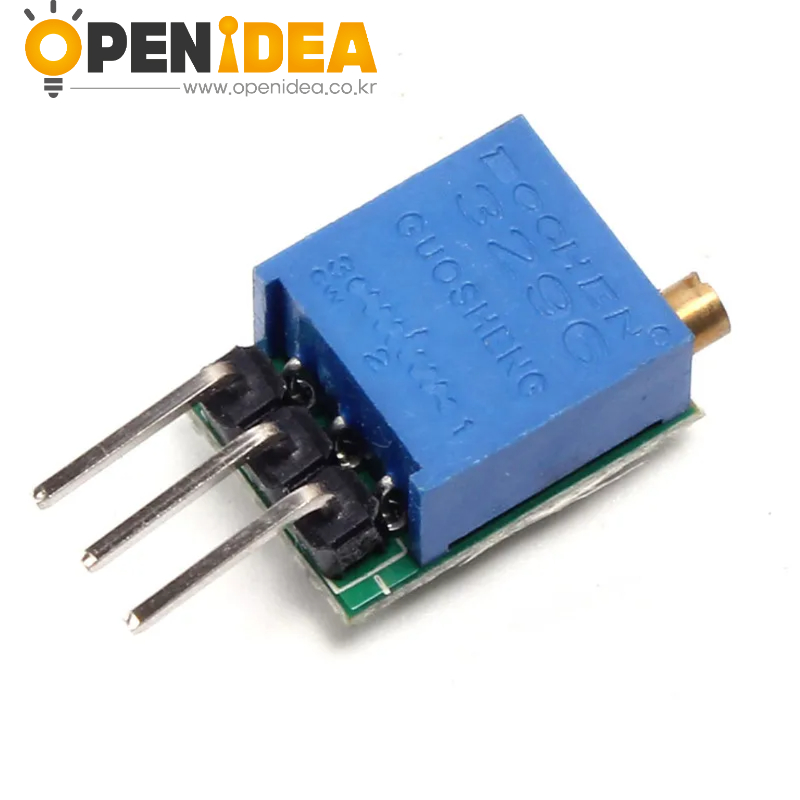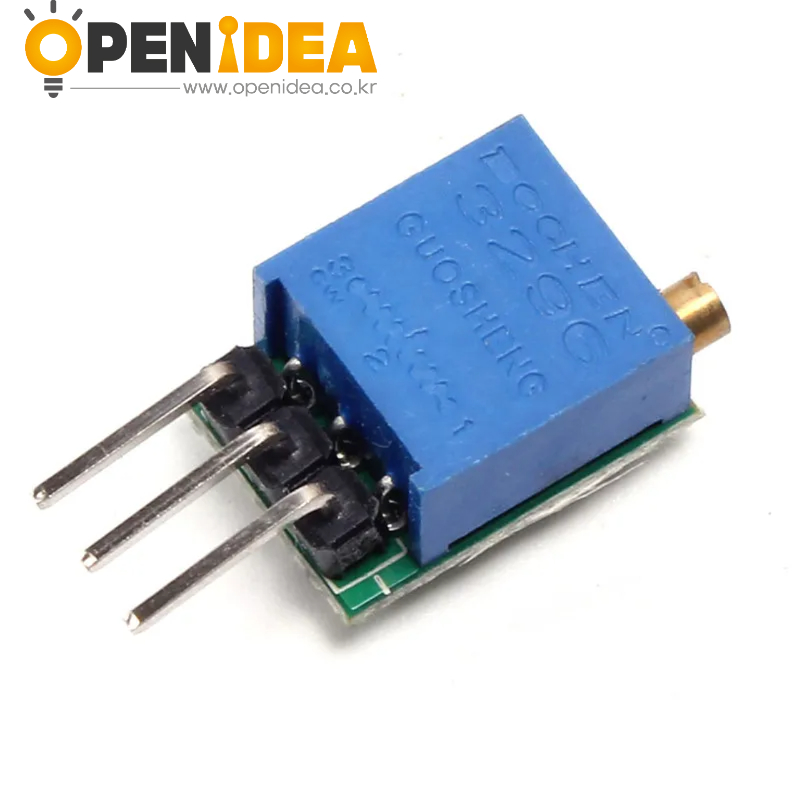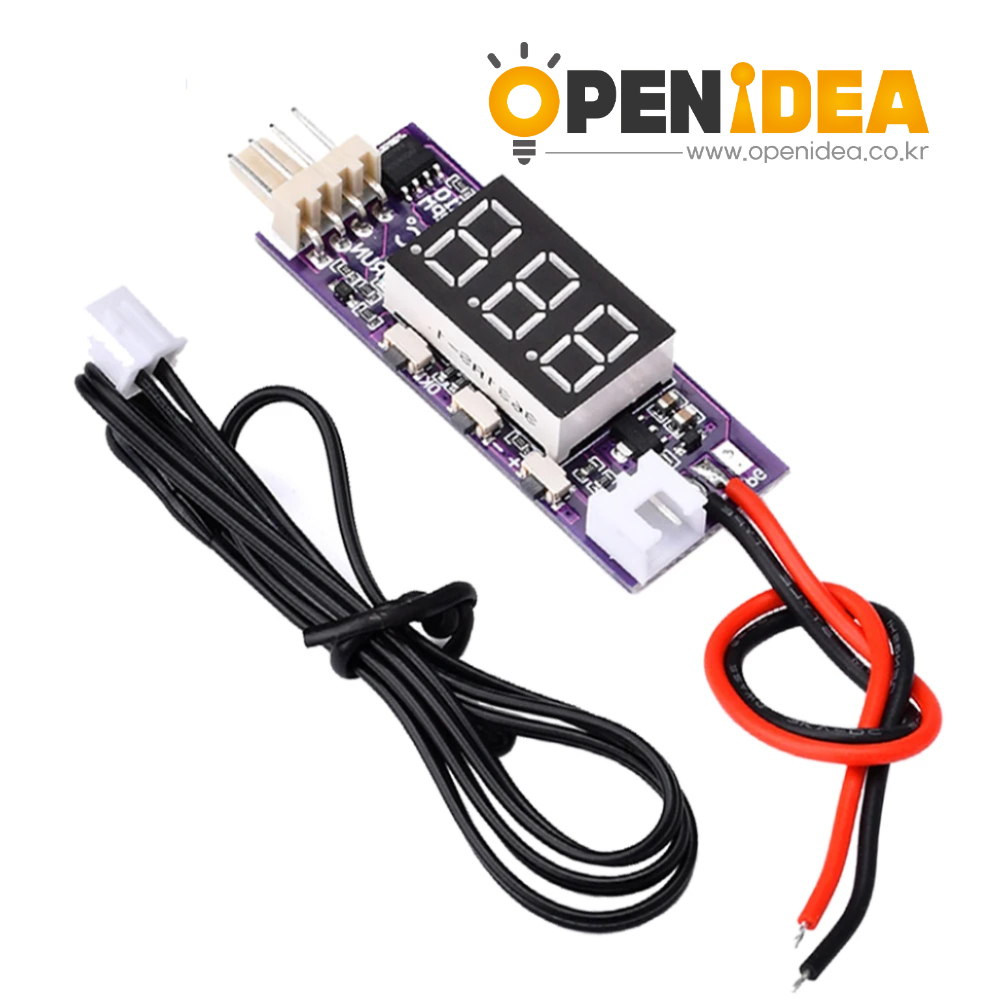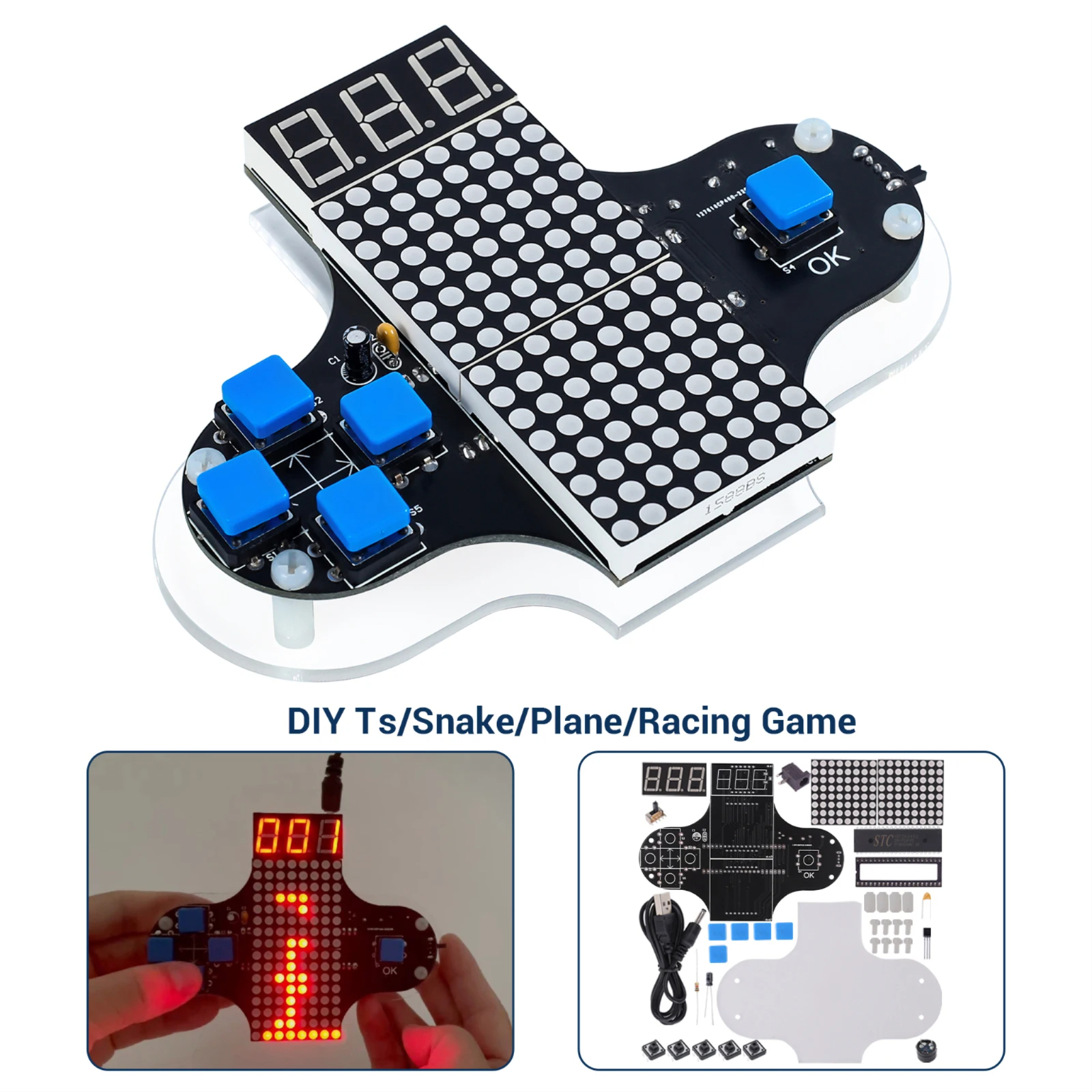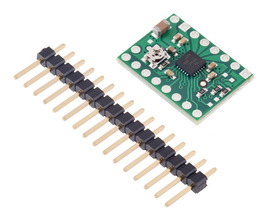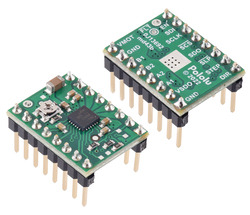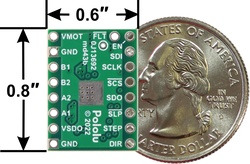 |
DRV8434S SPI Stepper Motor Driver Carrier, Potentiometer for Max. Current Limit, bottom view with dimensions. |
This product is a carrier board or breakout board for the DRV8434S stepper motor driver from Texas Instruments (TI); we therefore recommend careful reading of the DRV8434S datasheet before using this product. This stepper motor driver lets you control one bipolar stepper motor at up to approximately 1.2 A continuous per phase without a heat sink or forced air flow (see the Power dissipation considerations section below for more information).
There are several different versions of DRV8434x carriers, and the following comparison table shows their key differences:
Features
- 4.5 V to 48 V supply voltage range
- Can deliver up to 1.2 A continuous per phase without additional cooling (2 A peak)
- Can interface directly with 1.8 V, 3.3 V, and 5 V systems
- Highly configurable through SPI interface
- Optional STEP/DIR control pins (stepping can also be controlled through SPI interface alone)
- Eleven different step resolutions: full-step with 100% current, full-step with 70% current, non-circular 1/2-step, 1/2-step, 1/4-step, 1/8-step, 1/16-step, 1/32-step, 1/64-step, 1/128-step, 1/256-step
- Eight configurable decay modes, including smart tune dynamic decay and ripple control modes
- Two current limit control options available, each with two header pin assembly options, making four versions in all:
- Potentiometer for Max. Current Limit: an on-board potentiometer sets the maximum current limit up to 2 A, and the actual current limit can be scaled down through SPI
- 2A Max. Current Limit: the maximum current limit is fixed at 2A and the actual current limit is set solely through SPI in increments of 125 mA
- Integrated stall detection
- Over-temperature thermal shutdown, over-current protection, open load detection, under-voltage lockout, and charge pump over-voltage protection
- Driver IC integrates spread spectrum clocking of its internal oscillator and charge pump for reduced EMI
- 4-layer, 2 oz copper PCB for improved heat dissipation
- Exposed solderable ground pad below the driver IC on the bottom of the PCB
This product ships with all surface-mount components—including the DRV8434S driver IC—installed as shown in the product picture.
We also have a variety of other stepper motor driver options in this same form factor with different operating profiles and features.
Note: This driver needs to be enabled and configured through its SPI interface on power up, so your microcontroller must be capable of acting as an SPI master (either with an SPI peripheral or software SPI).
Some unipolar stepper motors (e.g. those with six or eight leads) can be controlled by this driver as bipolar stepper motors. For more information, please see the frequently asked questions. Unipolar motors with five leads cannot be used with this driver.
Details for item #3766
 |
DRV8434S SPI Stepper Motor Driver Carrier, Potentiometer for Max. Current Limit (top view). |
This version of the DRV8434S Stepper Motor Driver Carrier uses an on-board trimmer potentiometer to set the maximum current limit. Header pins are included but not soldered (see item #3767 for a version of this carrier with header pins already installed). For a version with a fixed 2 A maximum current limit see item #3768.
Included hardware
The DRV8434S stepper motor driver carrier ships with one 1×16-pin breakaway 0.1″ male header. The headers can be soldered in for use with solderless breadboards or 0.1″ female connectors. You can also solder your motor leads and other connections directly to the board.
Using the driver
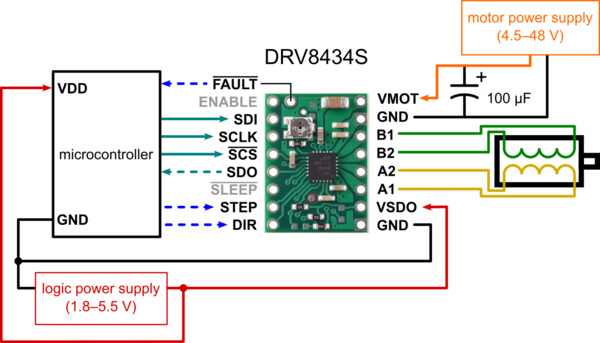 |
Typical wiring diagram for connecting a microcontroller to a DRV8434S stepper motor driver carrier. |
Power connections
The driver requires a motor supply voltage of 4.5 V to 48 V to be connected across VIN and GND. This supply should be capable of delivering the expected stepper motor current. Note that supply voltages below 6 V limit the maximum settable current limit; see the Current limiting section for more details. The VSDO pin must also be supplied with the desired SPI logic voltage. The SPI interface on the DRV8434S is compatible with 1.8 V, 3.3 V, and 5 V systems.
Warning: We have observed that if the DRV8434S’s VSDO pin is left floating while VM is connected, VSDO can briefly output a pulse of voltage when nSLEEP changes state. Since our board pulls nSLEEP up to VSDO, this pulse can cause nSLEEP to briefly go high and then low again, causing more pulses and leading to an abnormal oscillating voltage on both pins.
To avoid this unwanted behavior, we recommend that you avoid disconnecting VSDO and nSLEEP (or allowing them to float) while VM is present. (One way to be safe is to always disconnect motor power before disconnecting logic power.)
Motor connections
Four, six, and eight-wire stepper motors can be driven by the DRV8434S if they are properly connected; a FAQ answer explains the proper wirings in detail.
Warning: Connecting or disconnecting a stepper motor while the driver is powered can destroy the driver. (More generally, rewiring anything while it is powered is asking for trouble.)
Step (and microstep) size
Stepper motors typically have a step size specification (e.g. 1.8° or 200 steps per revolution), which applies to full steps. A microstepping driver such as the DRV8434S allows higher resolutions by allowing intermediate step locations, which are achieved by energizing the coils with intermediate current levels. For instance, driving a motor in quarter-step mode will give the 200-step-per-revolution motor 800 microsteps per revolution by using four different current levels.
The microstep resolution is configured through the SPI interface. For the microstep modes to function correctly, the current limit must be set low enough (see below) so that current limiting gets engaged. Otherwise, the intermediate current levels will not be correctly maintained, and the motor will skip microsteps.
Control inputs and status outputs
While the DRV8434S allows control of a stepper motor through a simple step and direction interface, it must first be enabled and configured through its SPI interface after each power-up. This means that the controlling microcontroller must be capable of acting as an SPI master (either with an SPI peripheral or software SPI), and it must be connected to the SDI, SCLK, and SCS pins. While the SDO and FAULT pins are not required to use this driver, it is generally a good practice to use them to monitor for error conditions.
The rising edge of each pulse to the STEP input corresponds to one microstep of the stepper motor in the direction selected by the DIR pin. These inputs are both pulled down by default. If you just want rotation in a single direction, you can leave DIR disconnected. Stepping and direction can also both be controlled solely through SPI.
The chip has two different inputs for controlling its power states: SLEEP and ENABLE. For details about these power states, see the datasheet. SLEEP is connected to VSDO through a 10k pull-up resistor and ENABLE is internally pulled high by the chip. Since both pins are pulled up, they can both be left disconnected or dynamically controlled by connecting them to a digital output of an MCU.
The DRV8434S also features an open-drain FAULT output that drives low whenever the driver detects an under-voltage, over-current, open load, stall detection, or thermal shutdown fault. FAULT is pulled up to VSDO on the board, so no external pull-up resistor is needed.
Note: The open load, over-current protection, and over-temperature shutdown faults are latching by default and must be cleared with the CLR_FLT bit, a SLEEP reset pulse, or a power cycle. The latching behavior of these faults can be reconfigured using the SPI interface.
Current limiting

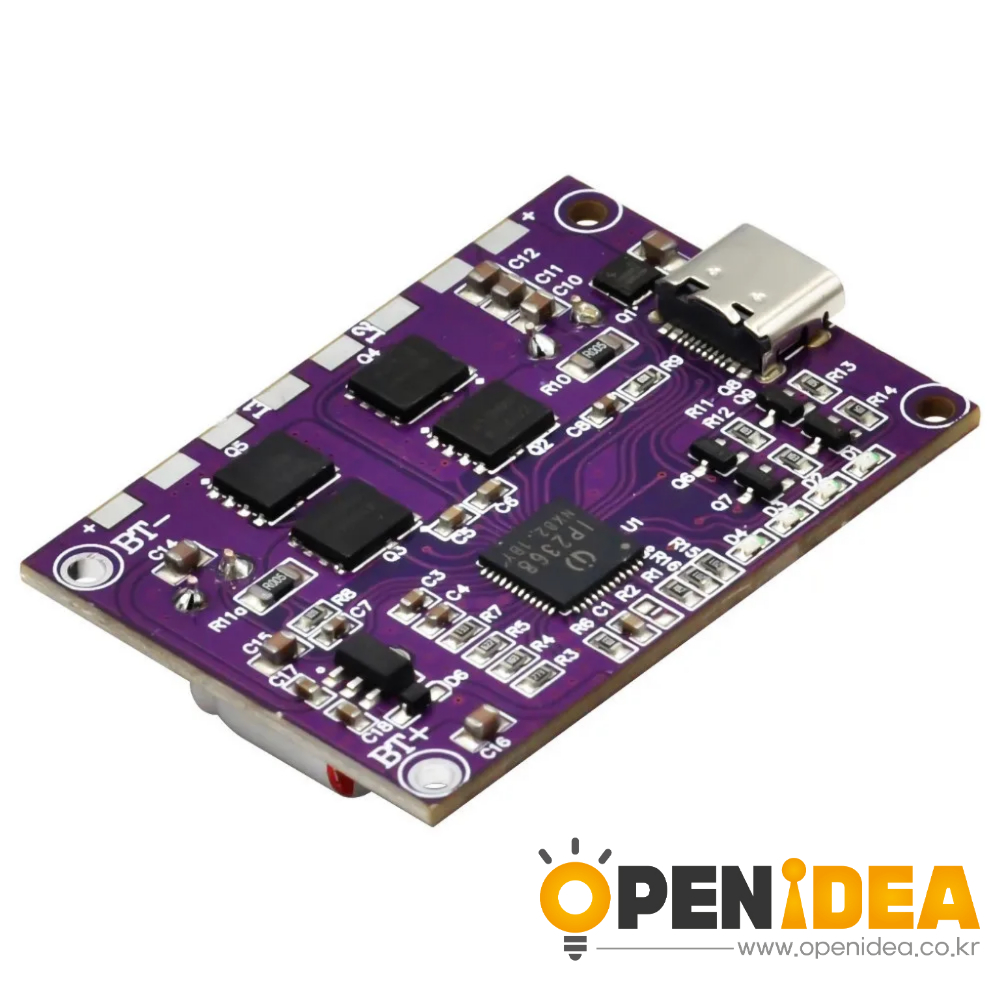
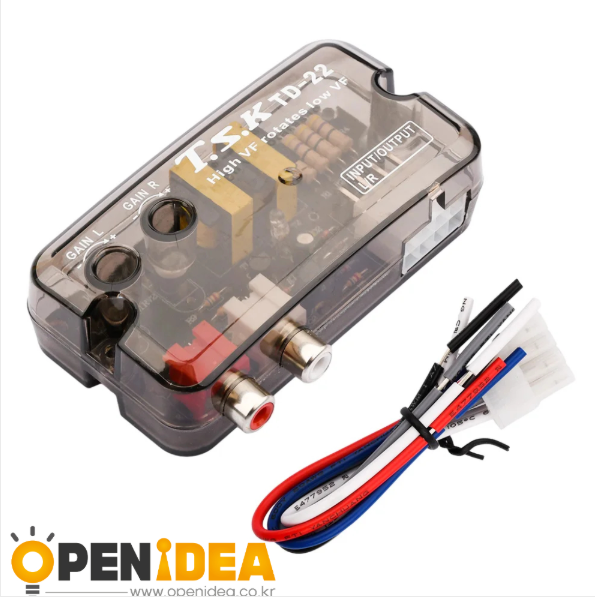


![DRV8434S 4.5-48V(포텐시오미터 조정 최대 2A) 바이폴라 스테퍼 모터 드라이버 모듈 (SPI 전류 제한 설정/핀 헤더 미납땜) [PLLU-3766] DRV8434S 4.5-48V(포텐시오미터 조정 최대 2A) 바이폴라 스테퍼 모터 드라이버 모듈 (SPI 전류 제한 설정/핀 헤더 미납땜) [PLLU-3766]](/data/images/goods/23/08/34/1000036309/1000036309_main_012.jpg)
![DRV8434S 4.5-48V(포텐시오미터 조정 최대 2A) 바이폴라 스테퍼 모터 드라이버 모듈 (SPI 전류 제한 설정/핀 헤더 미납땜) [PLLU-3766] DRV8434S 4.5-48V(포텐시오미터 조정 최대 2A) 바이폴라 스테퍼 모터 드라이버 모듈 (SPI 전류 제한 설정/핀 헤더 미납땜) [PLLU-3766]](/data/images/goods/23/08/34/1000036309/1000036309_magnify_094.jpg)
![DRV8434S 4.5-48V(포텐시오미터 조정 최대 2A) 바이폴라 스테퍼 모터 드라이버 모듈 (SPI 전류 제한 설정/핀 헤더 미납땜) [PLLU-3766] DRV8434S 4.5-48V(포텐시오미터 조정 최대 2A) 바이폴라 스테퍼 모터 드라이버 모듈 (SPI 전류 제한 설정/핀 헤더 미납땜) [PLLU-3766]](/data/images/goods/23/08/34/1000036309/1000036309_magnify_154.jpg)
![DRV8434S 4.5-48V(포텐시오미터 조정 최대 2A) 바이폴라 스테퍼 모터 드라이버 모듈 (SPI 전류 제한 설정/핀 헤더 미납땜) [PLLU-3766] DRV8434S 4.5-48V(포텐시오미터 조정 최대 2A) 바이폴라 스테퍼 모터 드라이버 모듈 (SPI 전류 제한 설정/핀 헤더 미납땜) [PLLU-3766]](/data/images/goods/23/08/34/1000036309/1000036309_magnify_227.jpg)
![DRV8434S 4.5-48V(포텐시오미터 조정 최대 2A) 바이폴라 스테퍼 모터 드라이버 모듈 (SPI 전류 제한 설정/핀 헤더 미납땜) [PLLU-3766] DRV8434S 4.5-48V(포텐시오미터 조정 최대 2A) 바이폴라 스테퍼 모터 드라이버 모듈 (SPI 전류 제한 설정/핀 헤더 미납땜) [PLLU-3766]](/data/images/goods/23/08/34/1000036309/1000036309_magnify_314.jpg)
